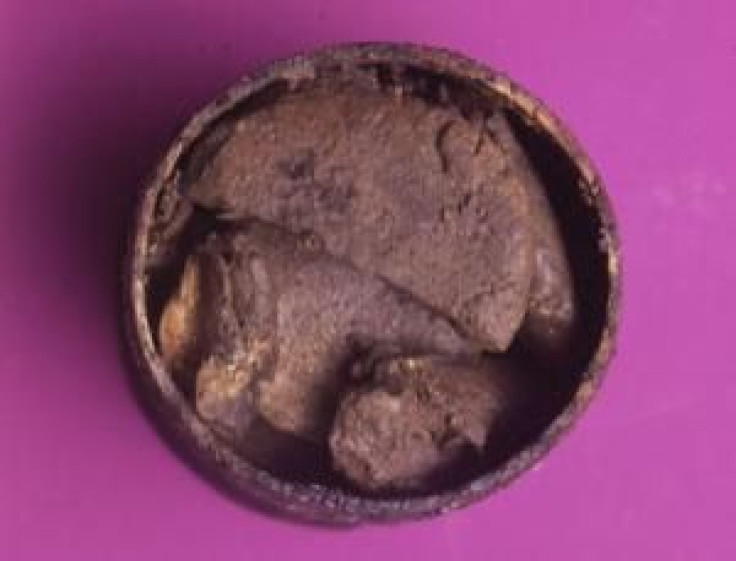Modern Medicine Has Roots in 2,200-Year-Old Tuscan Shipwreck

We like to believe that modern medicine is a drastic improvement over the methods employed by ancient civilization. In fact, in many ways, modern medicine is a huge step up, since we no longer perform lobotomies, use leeches, and have lead in our beauty products. However, the finding of a shipwreck discovered off the coast of Tuscany indicates that our ancestors also knew a thing or two about medicine. Ingredients found in treatments that would have been used to soothe sore eyes are some of the same ones that we still use today.
In a study published in the Proceedings of the National Academy of Sciences, the researchers detail their find on the Relitto del Pozzino, so named because of the beach by which the shipwreck was found. Though the ship was discovered in the 1974, according to Science, this was the first time that researchers had detailed the medicine. It is rare to find such old treatments, but this medicine was well-preserved because it was contained in a container called pyxis with a tightly closed lid. The researchers said to New Scientist that they believed that they were the oldest medical tablets ever discovered.
The tablets were disc-shaped, four centimeters across and one centimeter thick, six in total. Researchers believe that they were dipped in water and dabbed on the eyes in order to relieve soreness. The pills were composed of materials like hydrozincite and smithsonite, both zinc carbonates. Zinc now is used in skin creams as well as a nutritional supplement and cold medicines, though the efficacy and side effects of the cold medications are still being studied. The tablet also contained plant and animal oils, as well as pollen grains from an olive tree that suggested that olive oil was the main ingredient, like many medical and body creams of today. 80 percent of the tablets' composition came from inorganic materials, of which zinc was most abundant, and 20 percent organic compounds, like beeswax, herbs, vegetable and animal fats and wheat flour, Nature reports.
Most of the information about ancient medicine comes not from archaeological finds like this one, but from reading ancient texts. In fact, researchers used the texts of the Roman physician Pliny the Elder as a source when enumerating the symptoms the medical tablets may have eased. Other experts, though excited about the find, do not believe that the tablets were used as eyewash. Alain Touwaide, a science historian, said to Nature that scientists also "need to take into consideration the populations and epidemiology in order to understand what medical conditions these tablets were supposed to treat."



























